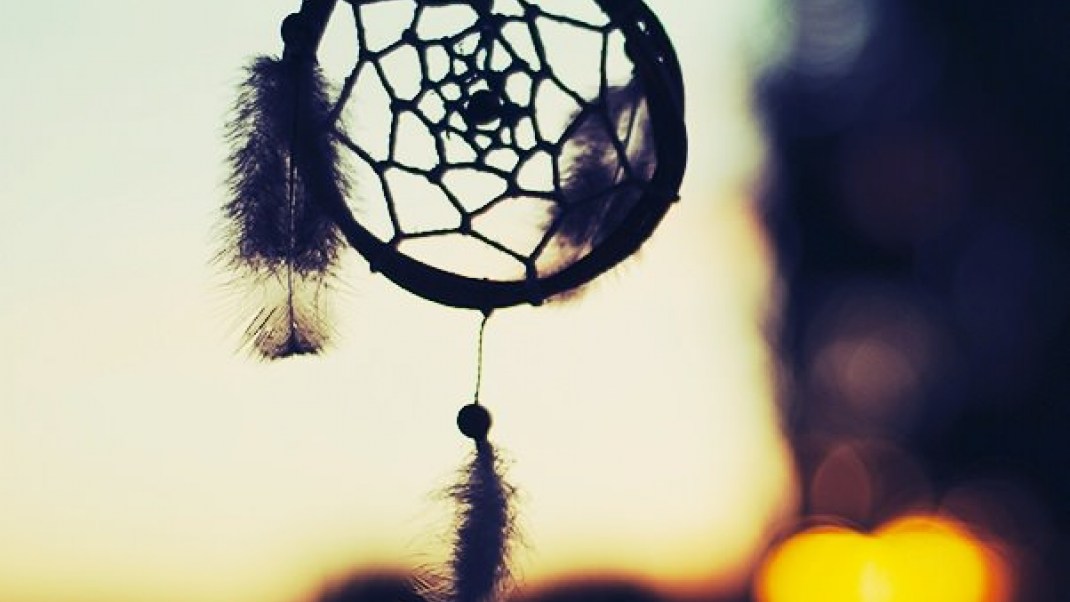Aboriginal Dream Catcher


The dream catchers were made of willow. 'The little opening at the centre of the web allowed the good dreams to pass through and filter down through the feather (s) hanging from the dream catcher, and into the dreaming minds of the children. It was another stage of life that a child went through,' explained Longboat.
Dream Catcher Meaning

- The exact origin of dream catchers is a little vague however many claim they came from the Ojibwe tribe of Native America. They are crafted to catch bad dreams protecting people, especially children from nightmares.
- Dream Catcher Workshop. Spend a rustic day crafting dream catchers with precious beads, leather hide and feathers. You will enjoy one of the most popular creations of native people and based on the Ojibwa legend, this craft was a gift, to ensure safe dreams. This course is open everyone. All supplies and material are supplied.
_(19801535514).jpg/170px-Bulletin_(1929)_(19801535514).jpg)
Aboriginal Dream Catcher Clip Art
Among the Indians of the woodlands, the Ojibwa believe that dreams have magical qualities - and possess the ability to change or direct one's path in life.
According to tradition, the night air is filled with both good and bad dreams. From this belief came the idea of the dream catcher, which captures dreams as they float by. Good dreams, knowing the way, slip through the dream catcher's centre hole, drifting gently off the soft feathers to the sleeper below. The bad dreams, which do not know the way, become entangled in the webbing to perish with the first light of the new day. Dream catchers were hung on an infant's cradle board to protect the child, or in lodges for the benefit of all.
The idea that dream catchers accept the good and ward off the bad in the lives of youth has shaped the Dreamcatcher Indigenous Youth Conference. The message for this conference is one of self-empowerment – Dream, Learn, Achieve.
Registration details
Hosted by the Faculty of Health and Community Studies, this youth conference welcomes participants from communities across Canada.
| Date | October 18, 2019 – October 19, 2019 |
| Start Time | 10:00 a.m. |
| End Time | 4:30 p.m. |
| Location | Room 9-407 Robbins Health Learning Centre 10910 – 104 Avenue Edmonton, AB |
| Event Type | Conference/Seminar |
| Contact Phone | 780-497-4699 |
| Contact Email | FHCSconferences@macewan.ca |

The business began as a mobile retail unit traveling from Pow-Wow to Pow-Wow throughout North America in the family van. During slow times the family sold to stores. When the demand from stores increased, it persuaded the family to set-up an office location in British Columbia. The needs of the retailers grew and a new direction was taken by the family in order to satisfy this demand – thus Monague Native Crafts was established as a wholesale business in 1982.
Without any formal business training, the owner, Sandi Monague Roy, developed the company while raising five daughters, two who have grown up in the company and are now an integral part of the business. The family is a member of the Beausoleil First Nations of Ontario (Ojibway).
The Governor General awarded Sandi Monague Roy with the “Commemorative Medal for the 125th Anniversary of the Confederation of Canada.” Extensive traveling has given the family exposure to many different groups and cultures around the world, which has resulted in a keen family interest to share experiences and knowledge with other Developing Peoples and with our youth, our future leaders.
Dream Catcher Kpop
Monague Native Crafts’ dedicated team has developed the company to become the leading supplier of Canadian Native souvenirs and giftware items, offering the highest quality and superior customer service. All products are crafted by hand. The company gives hiring priority to First Nations People and Women in Development.